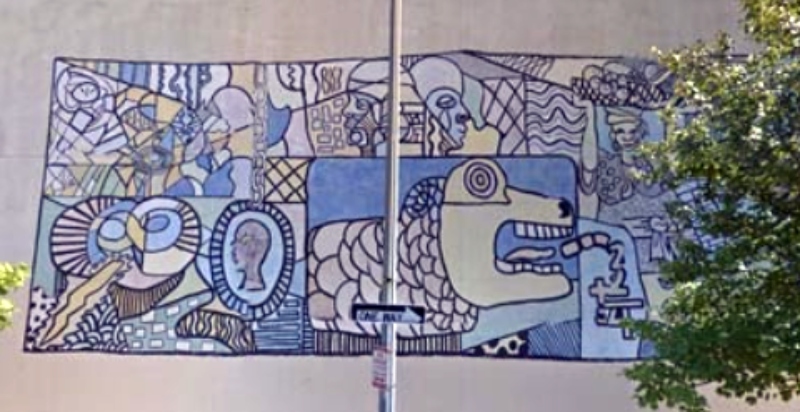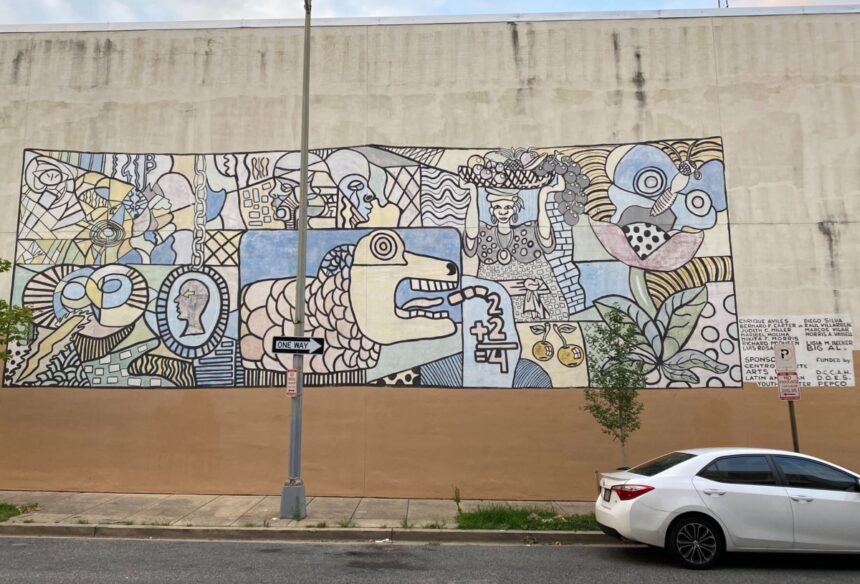The Unity Mural in Washington D.C., an iconic work symbolizing Latino heritage and cross-community collaboration, faces a threat of demolition due to renovation plans by electric utility Pepco for 2025.
Created in 1982, it was the result of an effort between Latino and African American students from Washington D.C. public schools, with the direction of artists Ligia Medina (Becker) Williams and Allen “Big Al” Carter.
History and significance of the Unity Mural

This project arose at a time of tension between the two communities, and its main objective was to foster collaboration and mutual understanding.
Through images representing Latin American and African American culture, the mural became a symbol of community unity and resilience.
Threat of demolition and preservation efforts
The possible demolition of the mural is due to Pepco’s plans to renovate the electrical substation on whose wall the work is located, as reported at the time by Hola Cultura.
Local organizations, such as Hola Cultura, have expressed their concern and are actively working to preserve this important cultural heritage.
Alternatives have been explored, including recreating the mural on mobile panels that could be relocated if demolition is unavoidable
Cultural and community importance

The Unity Mural is one of Washington D.C.’s oldest street murals.
It represents a time capsule that reflects the history and struggles of the Latino and African American communities in the city.
Their possible loss would be a significant blow to the collective memory and cultural identity of these communities.
Call to action

Residents and cultural heritage advocates urge Pepco and local authorities to consider the historical and cultural significance of the mural before proceeding with its demolition.
It emphasizes the need to preserve such public artworks that not only beautify the city, but also tell vital stories of community unity and collaboration.
The Unity Mural situation underscores the importance of protecting and valuing public art that encapsulates the history and culture of diverse communities, ensuring that future generations can learn and benefit from these visual testimonies to the past.
Find out more at QuéOnnda.com.















